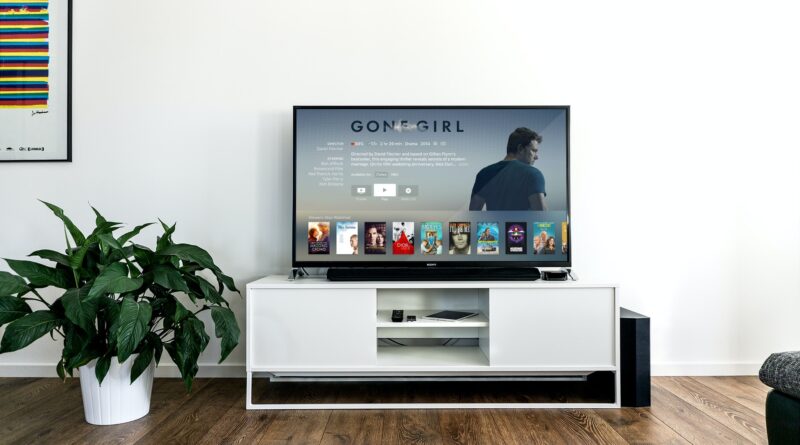When looking for a new TV, you might feel overwhelmed by the numerous features available in modern televisions. I understand that choosing the right TV can be challenging, which is why I want to help you understand what features are essential for your viewing experience. From resolution and smart capabilities to connectivity options, several key features will enhance your entertainment. Let me guide you through the most important aspects you should consider when selecting your next TV.
Spis treści:
Resolution and Display Technology
The resolution is one of the most crucial features you should consider. Today, 4K (3840 x 2160 pixels) has become the standard, offering four times the resolution of Full HD. While 8K TVs exist, they’re currently more future-proof than practical due to limited 8K content. The display technology also matters significantly – OLED provides perfect blacks and infinite contrast, while QLED offers excellent brightness and color volume. Mini-LED technology represents a middle ground, delivering impressive contrast and brightness without the potential burn-in risks associated with OLED.
Smart Features and Operating System
A modern TV should include smart features that allow you to stream content from popular services like Netflix, Amazon Prime, and Disney+. The operating system should be user-friendly and responsive. Look for TVs with regular software updates to ensure long-term functionality and security. Voice control capabilities through built-in assistants like Google Assistant or Alexa can enhance your experience, allowing you to control your TV hands-free and search for content easily. The smart platform should also support screen mirroring from your mobile devices and integration with your smart home ecosystem.
Connectivity Options
Your TV should have multiple HDMI ports (preferably HDMI 2.1 for gaming and future-proofing), USB ports for external media, and optical audio output. HDMI 2.1 supports features like Variable Refresh Rate (VRR) and Auto Low Latency Mode (ALLM), which are essential for gaming. Wi-Fi connectivity is crucial for streaming, and many TVs now support both 2.4GHz and 5GHz bands. Bluetooth support is also valuable for connecting wireless headphones or speakers. Consider a TV with eARC (enhanced Audio Return Channel) if you plan to use a soundbar or home theater system.
Picture Enhancement Features
Look for HDR (High Dynamic Range) support, which enhances contrast and color range. The most common formats are HDR10, HDR10+, and Dolby Vision. A good TV should have local dimming capabilities to improve contrast in different screen areas. Motion handling features help reduce blur during fast-moving scenes, though you should be able to adjust or disable these features according to your preferences. Some TVs offer AI-powered picture enhancement, which can automatically optimize picture settings based on content and ambient lighting conditions.
Audio Capabilities
While many users opt for external speakers or soundbars, built-in audio quality remains important. Look for TVs with decent speaker power output and support for advanced audio formats like Dolby Atmos. Some modern TVs feature object-tracking sound, which matches audio with on-screen action for a more immersive experience. The ability to automatically adjust volume levels between programs and commercials can also enhance your viewing comfort.
Remember that you don’t need every feature available, but focusing on these core aspects will help you choose a TV that meets your needs and provides an enjoyable viewing experience for years to come.
